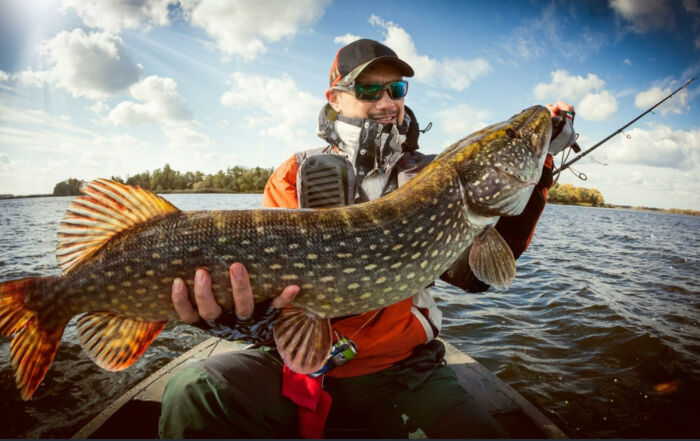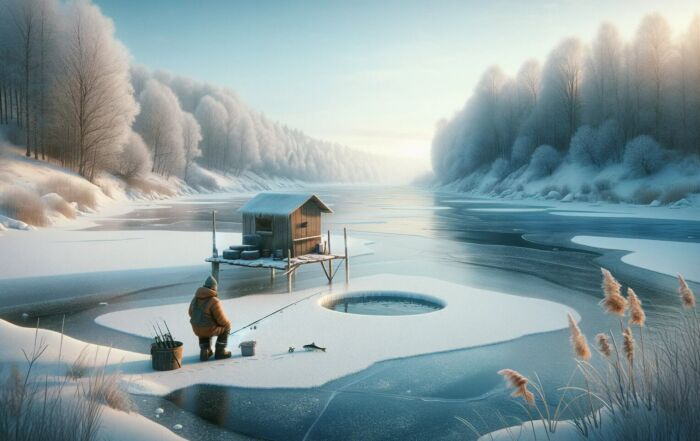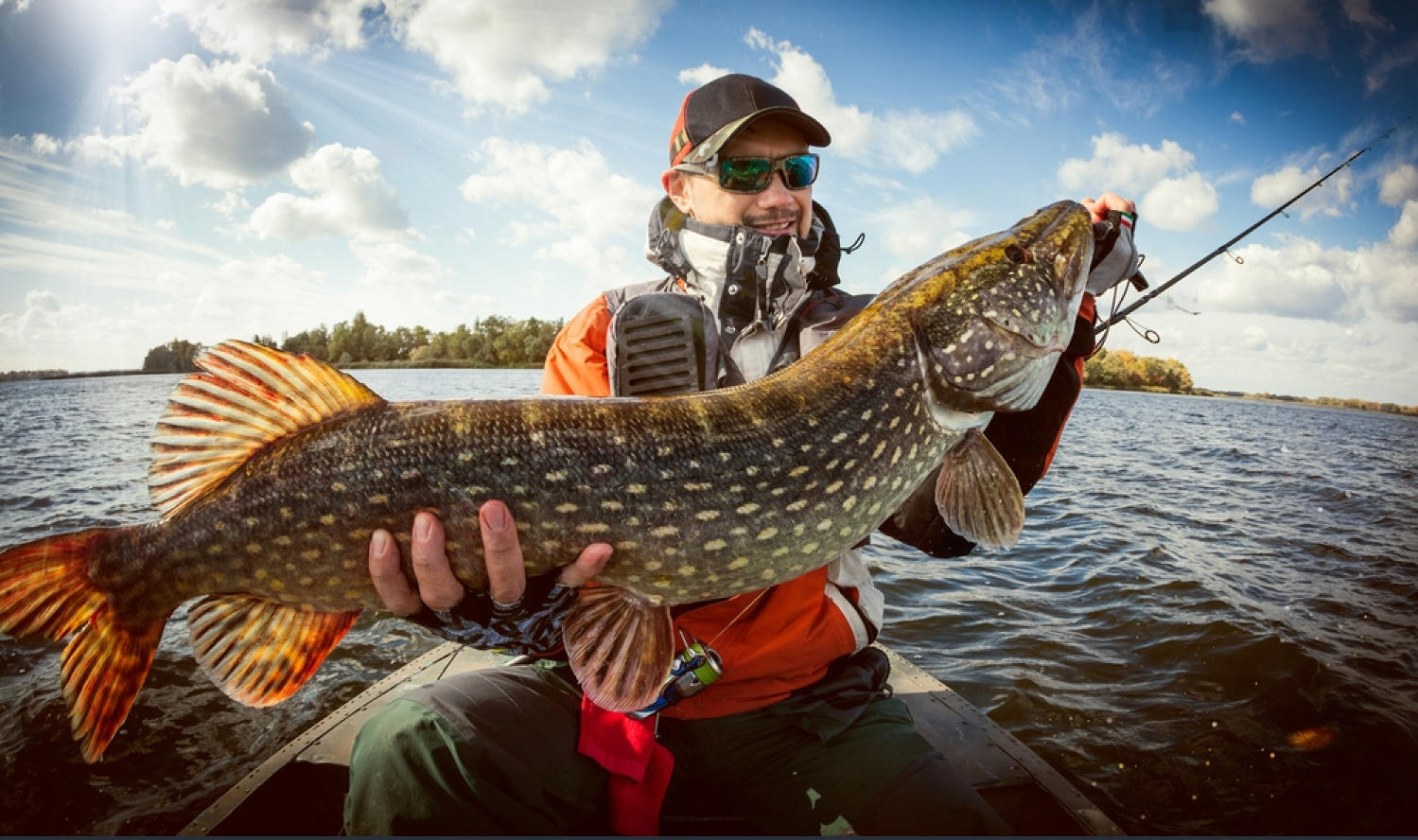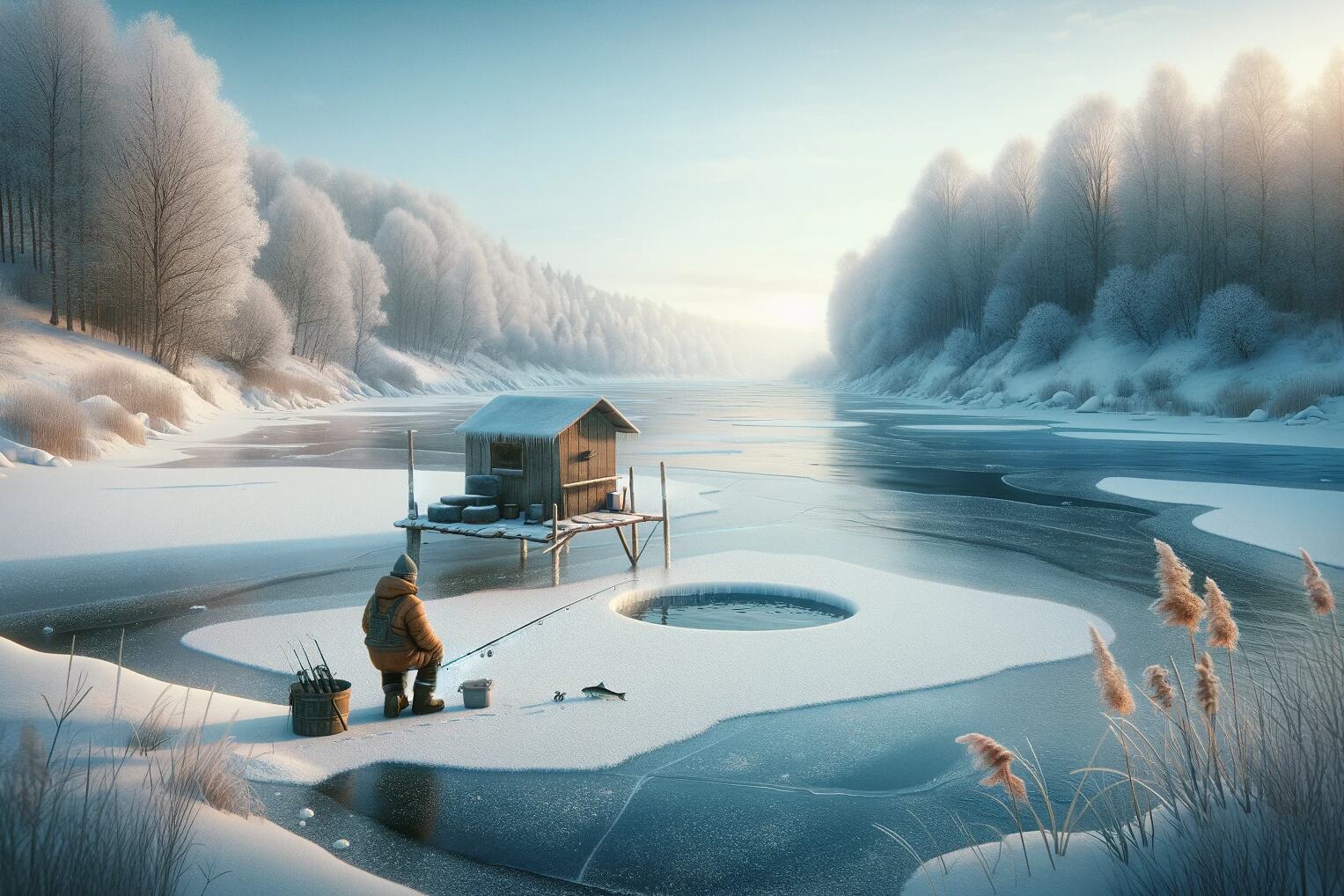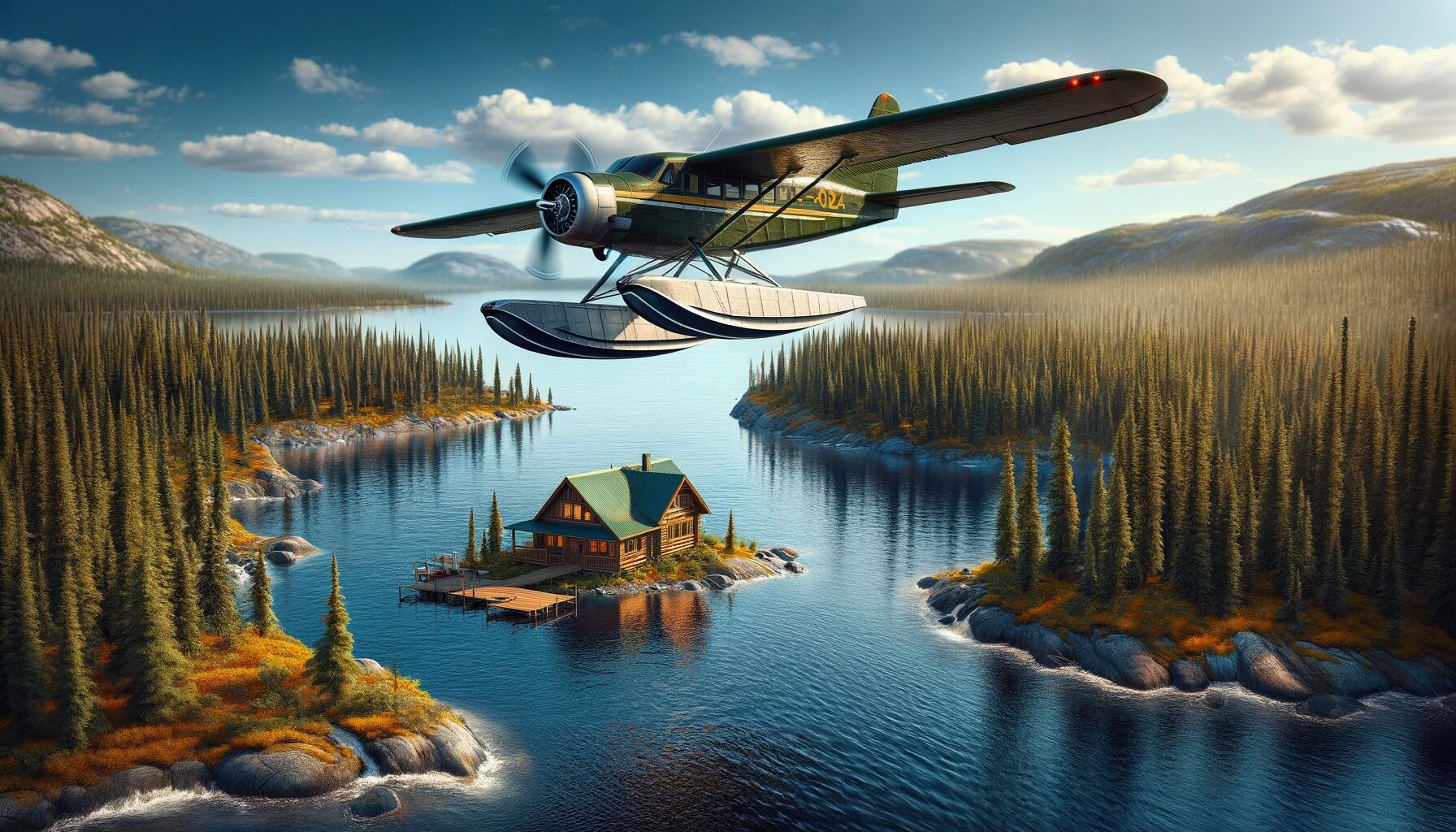The Fundamentals
Walleye Growth Rates: Understanding the Basics
Walleye, scientifically known as Sander vitreus, is a species of freshwater fish that belongs to the perch family. They inhabit many aquatic environments, including lakes, rivers, and reservoirs. To understand walleye growth rates, it is crucial first to grasp the basic elements of their life cycle.
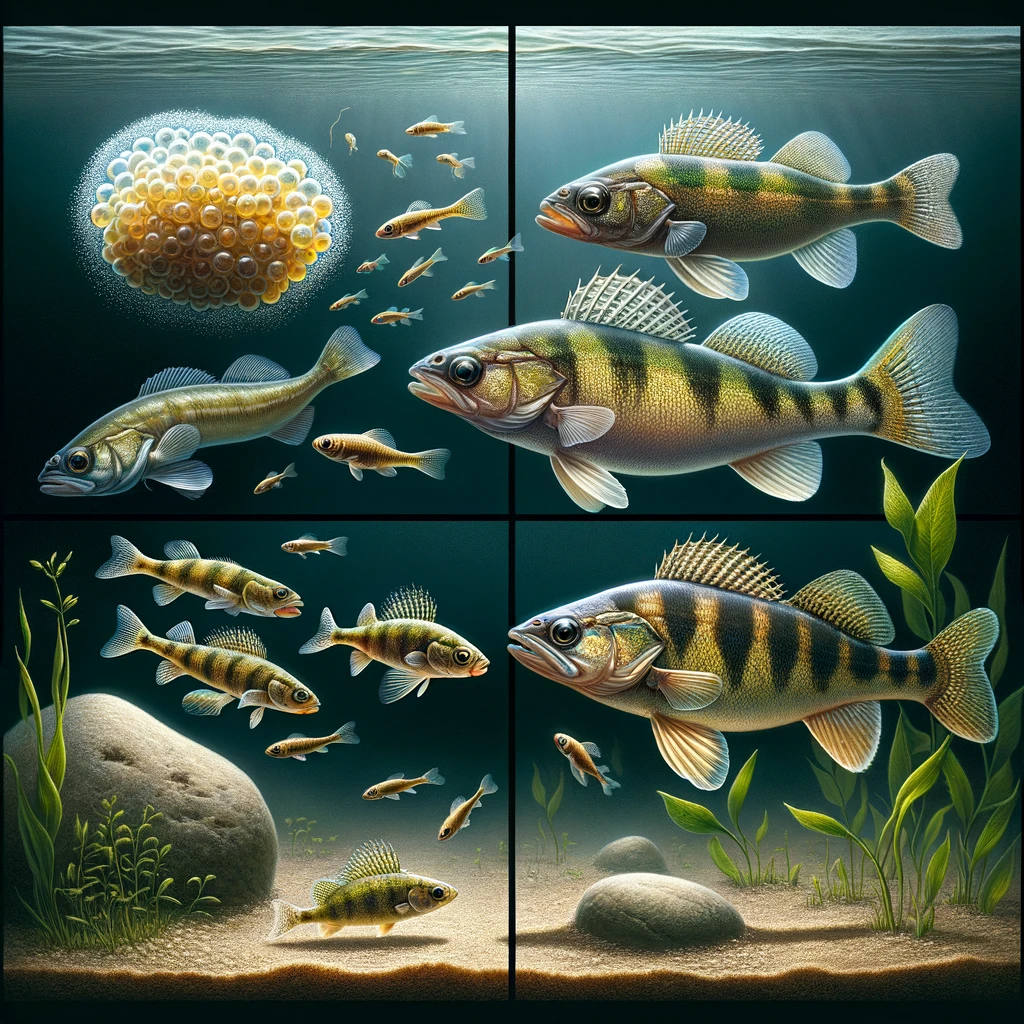
Once hatched, the young walleye, known as fry, begin their journey toward maturity. They rely on their yolk sacs for sustenance during the early stages of life. They feed on microscopic organisms as they grow, gradually transitioning to a diet of small aquatic insects and zooplankton.
During this growth phase, walleyes face challenges and opportunities that can impact their development. Factors such as water temperature, water quality, and the presence of predators can all influence their survival and growth rates. For example, warmer water temperatures can accelerate their metabolic processes, leading to faster growth. Conversely, colder temperatures can slow down their growth and development.
Furthermore, the availability of suitable habitats also plays a crucial role in walleye growth. They prefer areas with rocky substrates and submerged vegetation, as these provide shelter and food sources. In lakes and reservoirs, walleye often seek structures such as submerged logs, fallen trees, and artificial reefs, which offer additional hiding places and attract prey species.
The Impact of Age on Health and Well-being
As walleye mature, walleye growth rates can be influenced by various factors, including genetics, food availability, water temperature, and overall habitat quality. Additionally, walleye growth rates can vary between different populations, making it essential to analyze these factors case-by-case.
Age plays a crucial role in walleye growth rates. Generally, younger individuals experience rapid growth as they undergo the various stages of development. As they reach maturity, walleye growth rate typically slows down. This is partly due to their increased energy allocation towards reproduction instead of growth.
It is important to note that walleye growth is also influenced by prey availability in their environment. When food resources are abundant, walleye can experience enhanced growth rates. Conversely, when food is scarce, their growth may be stunted. This highlights the interconnectedness of the food web and the importance of maintaining a balanced ecosystem.
Furthermore, the health and well-being of walleye can be impacted by various stressors, including pollution, habitat degradation, and overfishing. These stressors can weaken their immune systems, making them more susceptible to diseases and parasites. Therefore, conservation efforts and sustainable fishing practices are crucial to ensure the long-term viability of walleye populations.
Understanding the walleye life cycle fundamentals and the factors influencing their growth rates is essential for effective fisheries management. By considering the various elements contributing to their growth and well-being, we can work towards maintaining healthy walleye populations and preserving their ecological role in freshwater ecosystems.
Ready to experience the thrill of walleye fishing firsthand and put your knowledge to the test? Look no further than Cobham River Lodge, nestled in the remote wilderness of Manitoba, Canada. Here, you can escape the city’s clamor and immerse yourself in the serenity of nature. With abundant Walleye and Northern Pike populations, our lodge offers a trophy fishing experience.
Enjoy the rustic charm of our cozy cabins, savor local cuisine, and take advantage of our guided fishing tours. Embrace the tranquility of the great outdoors, observe the local wildlife, and rest easy knowing we’re committed to eco-friendly practices. At Cobham River Lodge, we cater to fishing enthusiasts, nature lovers, and anyone seeking a peaceful retreat. Our dedicated staff ensures a memorable stay, prioritizing your comfort and the quality of your fishing adventure.
Don’t miss this exclusive opportunity to connect with nature and indulge in a premier fishing experience. Book Now and secure your spot at Cobham River Lodge, where the wilderness awaits.
Unveiling the Secrets of Life Expectancy
Walleye, like many living organisms, has a finite lifespan. Understanding the factors influencing their life expectancy can provide valuable insights into their overall population dynamics and management.
One crucial factor that affects walleye’s life expectancy is predation. They can become prey to larger fish, birds, and mammals. As a result, their survival rates can vary based on the presence or absence of these predators in their habitats.
Water quality is another influential factor in determining the life expectancy of walleye. Pollution, changes in temperature, and oxygen levels can harm their overall health and longevity.
Furthermore, fishing pressure and angling practices can impact the survival rates of walleye. When angling mortality is high and adequate conservation measures are not in place, it can lead to population declines and decreased life expectancy.
In addition to predation, water quality, and fishing pressure, other factors can influence the life expectancy of walleye. One such factor is the availability of suitable spawning grounds. Walleye rely on specific conditions, such as clean gravel beds, to successfully reproduce. If these spawning grounds are compromised due to human activities or natural disturbances, it can negatively impact their population and ultimately reduce their life expectancy.
Another factor that plays a role in walleye’s life expectancy is the availability of food sources. These fish are opportunistic predators and require an adequate supply of prey to sustain their energy needs. Changes in the abundance or availability of their preferred food sources can affect their growth rates, overall health, and life expectancy.
Climate change is also emerging as a significant factor influencing the life expectancy of walleye. Rising temperatures, altered precipitation patterns, and changing water chemistry can disrupt their natural habitat and ecological interactions. These disruptions can have cascading effects on their population dynamics, including their life expectancy.
Furthermore, genetic factors can also contribute to the variation in walleye’s life expectancy. Some individuals may possess genetic traits that make them more resilient to environmental stressors, while others may be more susceptible to disease or other threats. Understanding the genetic diversity within walleye populations can provide valuable insights into their adaptability and potential for long-term survival.
Fascinating Insights and Trivia
Did you know that walleye is known for their exceptional visual capabilities? Their large, reflective eyes contain a specialized tapetum lucidum layer, which enhances their ability to see in low-light conditions. This gives them a distinct advantage when hunting for prey during dawn and dusk.
But there’s more to walleye than just their impressive eyesight. These fish are highly adaptable to various environments, making them a thriving species in many bodies of water outside their native range. They have been introduced to lakes, rivers, and reservoirs across North America and have thrived in these new habitats.
One of the reasons for their success is their aggressive feeding behavior. Walleye are opportunistic predators, feeding on various prey, including minnows, crayfish, and even small fish. Their sharp teeth and strong jaws allow them to capture and consume their prey easily.
Not only are walleye fascinating from a biological perspective, but they also appeal significantly to anglers. These fish are highly sought after by recreational fishermen, who are drawn to the challenge of catching these elusive predators. Walleye fishing is not only about the thrill of the chase but also about the delicious reward. Their white, flaky flesh is considered one of the tastiest among freshwater fish.
When understanding walleye growth rates and life expectancy, many factors must be considered. The fundamentals of their life cycle, such as spawning habits and habitat preferences, play a crucial role in their growth and survival. Additionally, the impact of age on growth is an important aspect to explore. As walleyes age, their growth rate tends to slow down, and factors like food availability and competition become more influential.
Another factor that influences the life expectancy of walleye is predation. These fish face threats from larger predators such as northern pike and muskellunge and human activities like overfishing and habitat destruction. Understanding these influences can help researchers and conservationists develop strategies to ensure the long-term sustainability of walleye populations.
The world of walleye is filled with fascinating insights and trivia. From their exceptional visual capabilities to their adaptability and popularity among anglers, these fish have captured the attention of many. Understanding walleye growth rates and life expectancy requires a comprehensive analysis of various factors, including their life cycle, age-related growth patterns, and influences on survival. So, next time you encounter a walleye while fishing or exploring the outdoors, take a moment to appreciate their unique characteristics and the complex dynamics that shape their growth and survival.

